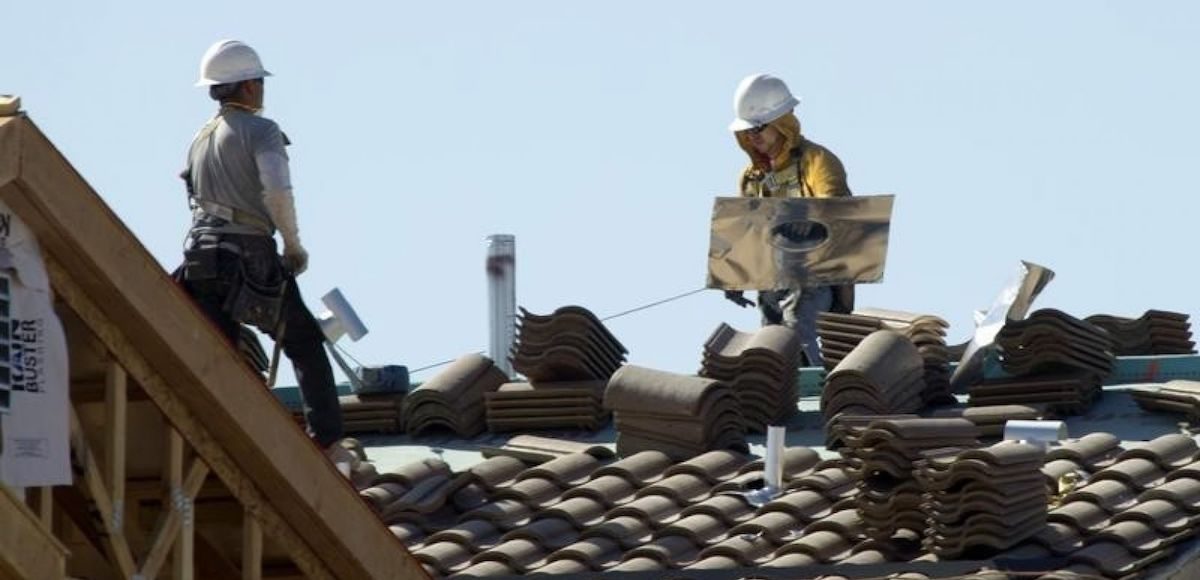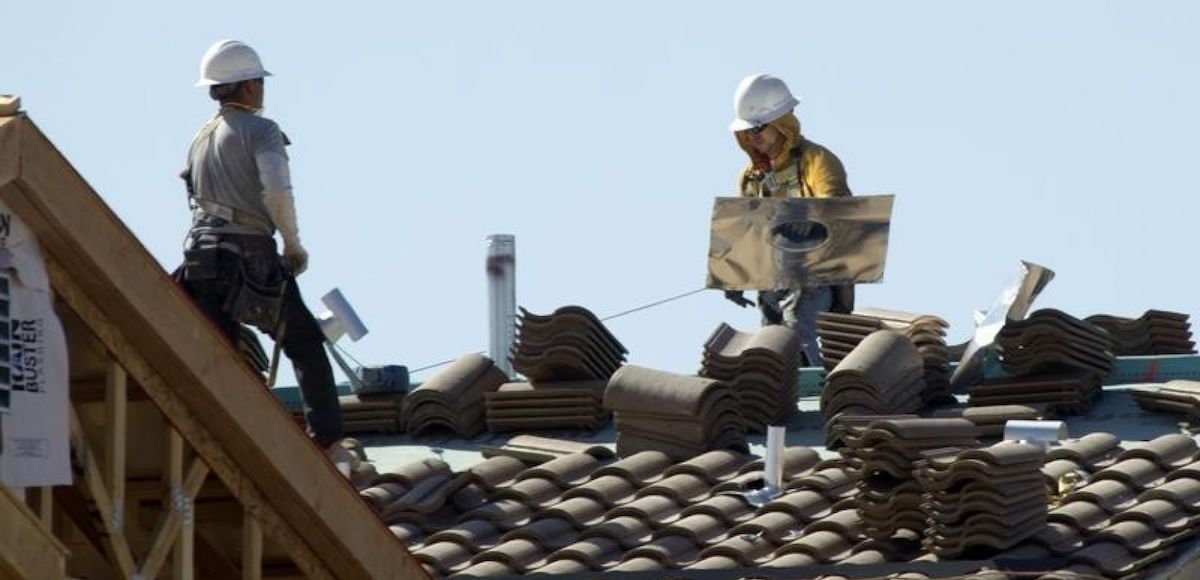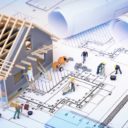

Roofers work on new homes at a residential construction site in the west side of the Las Vegas Valley in Las Vegas, Nevada April 5, 2013. (Photo: Reuters)
The NAHB/Wells Fargo Housing Market Index (HMI) showed builder confidence in the market for newly built single-family homes fell two points to 68 in June. The decline was due in large part to sharply elevated lumber prices, although sentiment remains on solid footing.
“Builders are optimistic about housing market conditions as consumer demand continues to grow,” said NAHB Chairman Randy Noel. “However, builders are increasingly concerned that tariffs placed on Canadian lumber and other imported products are hurting housing affordability. Record-high lumber prices have added nearly $9,000 to the price of a new single-family home since January 2017.”
All three HMI indexes ticked down 1 point in June. The index measuring current sales conditions declined to 75, while the component gauging expectations in the next 6 months fell to 76. The metric gauging buyer traffic ticked down to 50.
“Improved economic growth, continued job creation and solid housing demand should spur additional single-family construction in the months ahead,” said NAHB Chief Economist Robert Dietz. “However, builders do need access to lumber and other construction materials at reasonable costs in order to provide homes at competitive price points, particularly for the entry-level market where inventory is most needed.”
Looking at the 3-month moving averages for regional HMI scores, the Northeast gained 2 points to 57, while the West and Midwest were unchanged at 76 and 65, respectively. The South ticked down 1 point to 71.
About the NAHB/Wells Fargo Housing Market Index (HMI)
Derived from a monthly survey that NAHB has been conducting for 30 years, the HMI gauges builder perceptions of current single-family home sales and sales expectations for the next six months as “good,” “fair” or “poor.” The survey also asks builders to rate traffic of prospective buyers as “high to very high,” “average” or “low to very low.” Scores for each component are then used to calculate a seasonally adjusted index where any number over 50 indicates that more builders view conditions as good than poor.







Douglas Chase / June 18, 2018
Trade Spats, not Trade Wars.
/